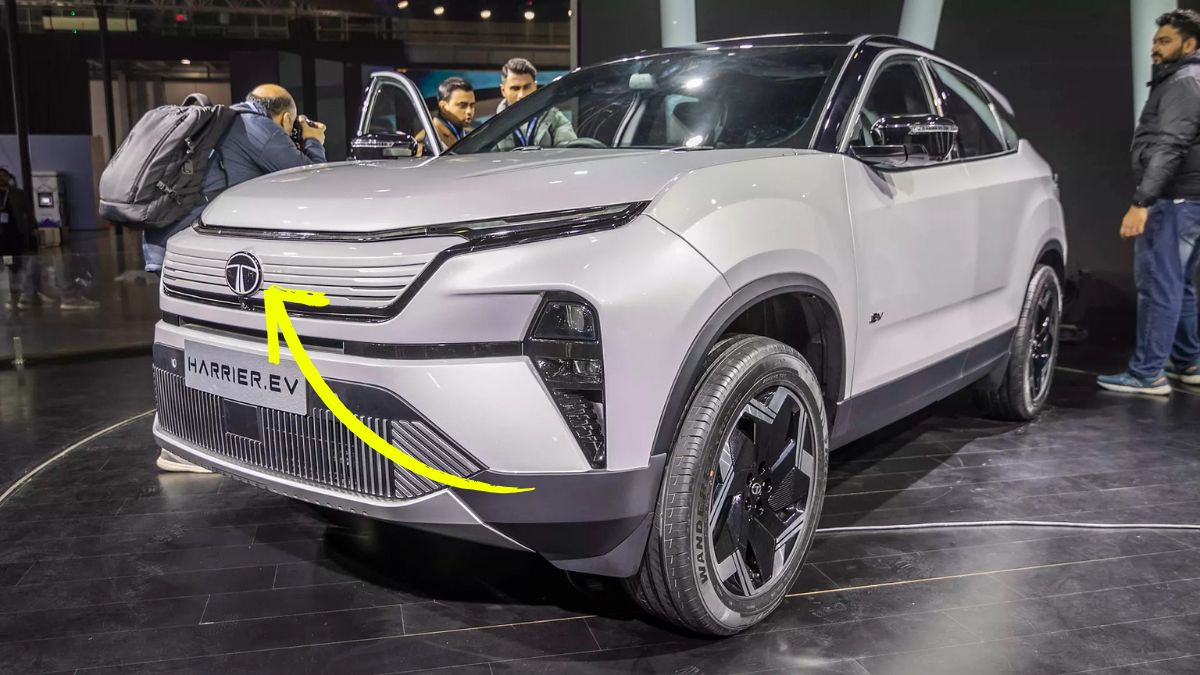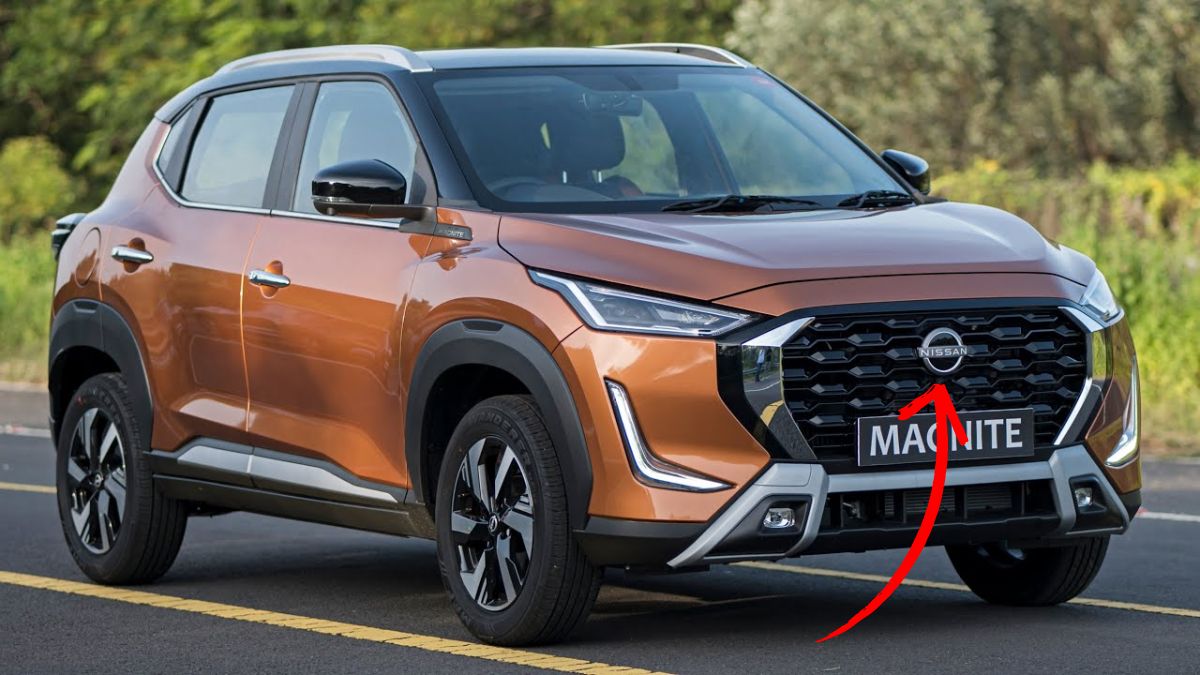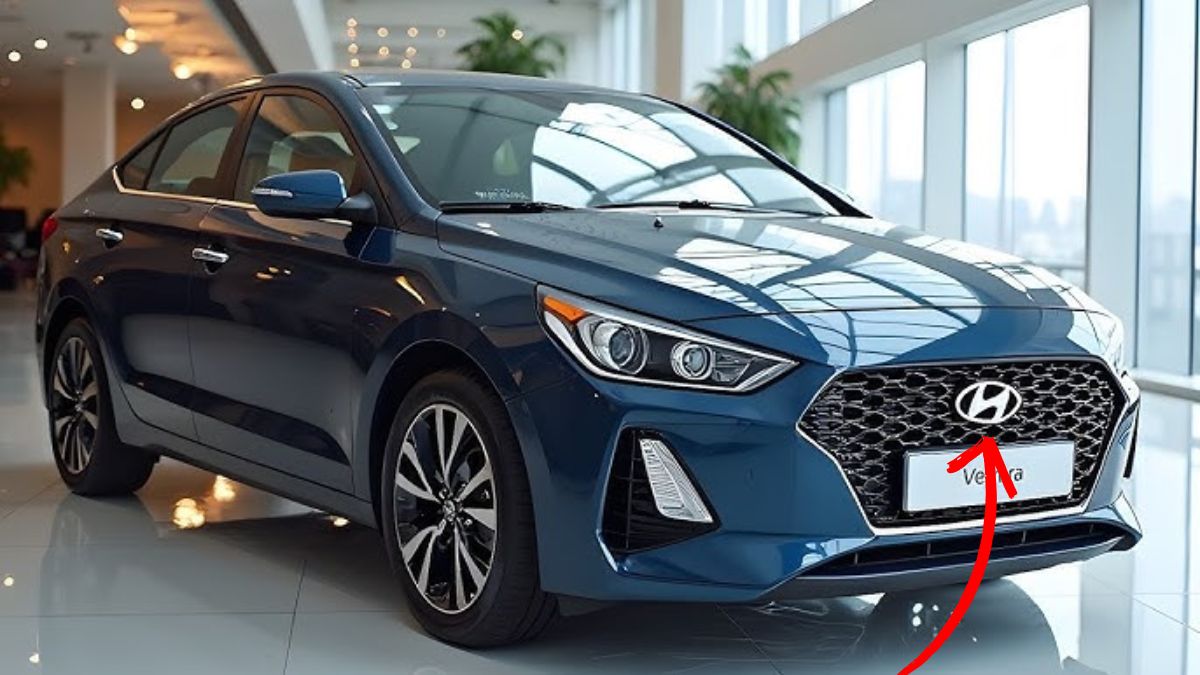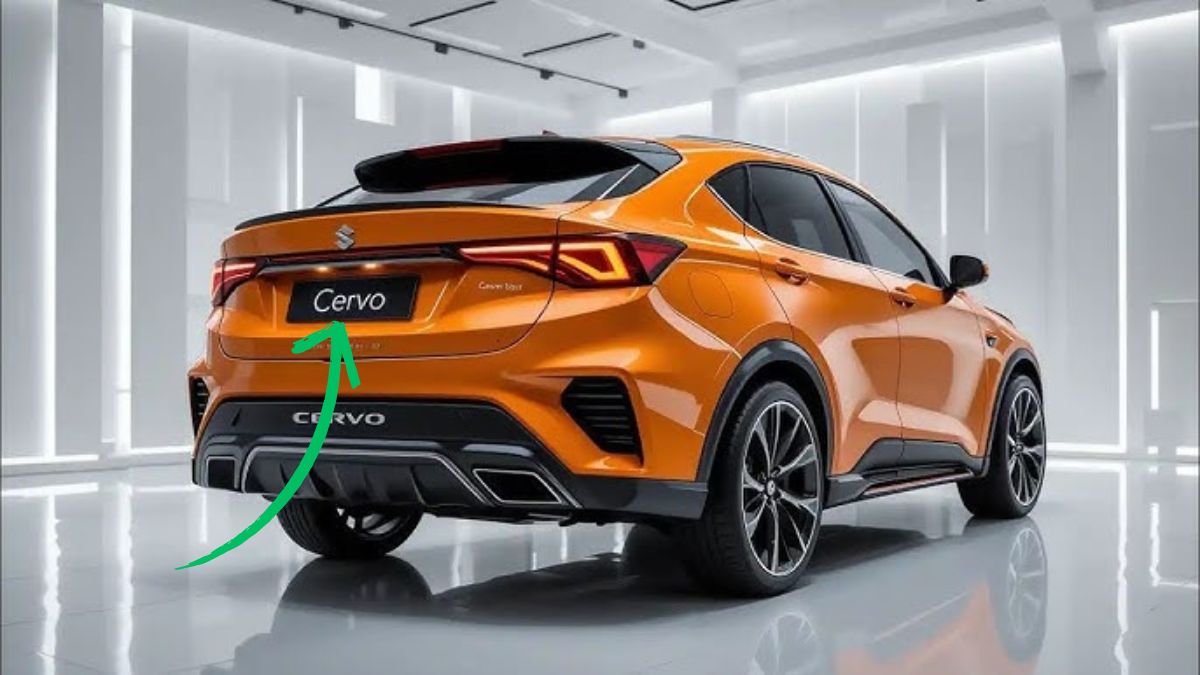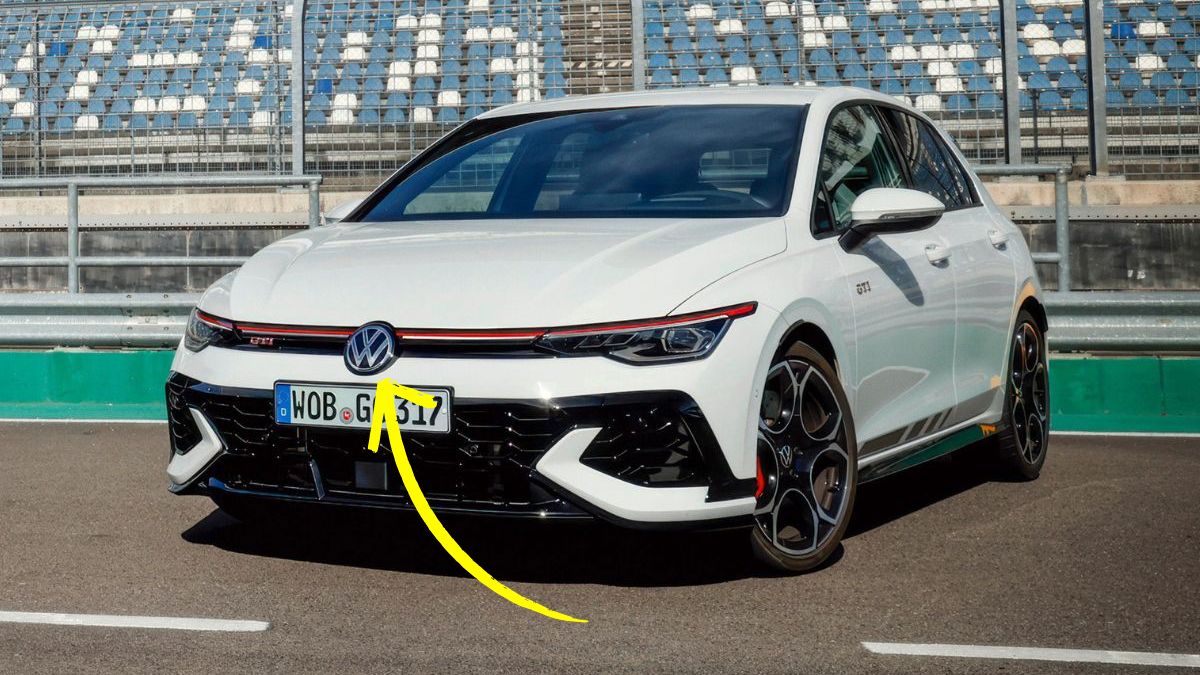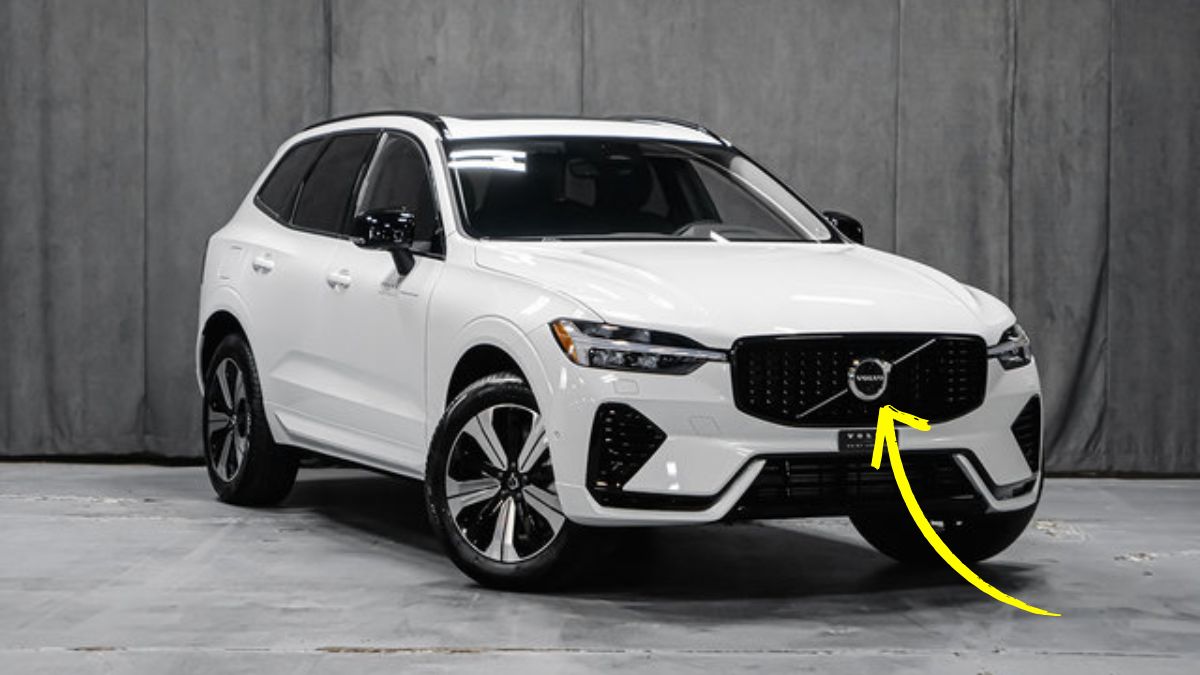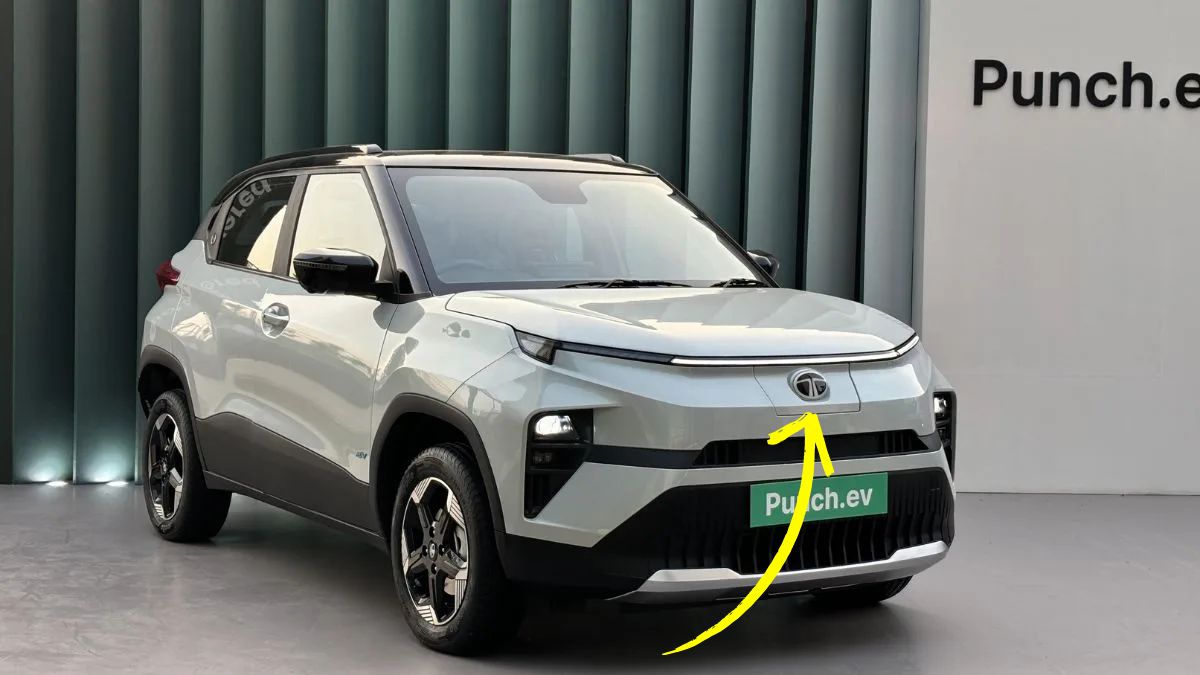Electric cars are booming in India, and Tata Motors is leading the revolution. After scoring big with the Nexon EV and Punch EV, Tata is taking the next big leap with the Tata Harrier EV 2025. This all-electric SUV promises power, luxury, and a range good enough to kill your range anxiety for good.
Let’s take a ride through the key details—design, features, powertrain, tech, safety, launch, and pricing.
Design
The Tata Harrier EV keeps the rugged, muscle-bound design of its ICE cousin, but with a futuristic electric twist.
The Harrier EV will sport a sleek, fully enclosed grille to improve airflow and efficiency. It will feature a modern LED light bar across the front, giving it that signature EV vibe. New aerodynamic alloy wheels, possibly with blue accents, will emphasize its electric nature.
Tata is also expected to offer new EV-specific color options, likely in dual-tone shades to make it stand out on the road.
Dimensionally, the Harrier EV should stay close to its ICE version at around 4600 mm in length, 1900 mm in width, and 1700 mm in height. This means it still carries that big, bold road presence people love.
The design speaks both to urban drivers and those who crave the occasional weekend adventure.
Interior
Inside the Harrier EV, it’s a whole new level of premium. The cabin is designed to be both techy and comfy.
The dashboard will likely follow a minimalist theme with soft-touch materials. A large 12.3-inch infotainment screen will take center stage, backed by a full-digital instrument cluster. A panoramic SkySat-style sunroof will enhance the feeling of space and openness.
Ventilated seats, customizable ambient lighting, wireless charging, and multiple USB ports will add layers of convenience and luxury.
With seating for five and about 425 liters of boot space, the Harrier EV offers a practical setup for families and city commuters alike.
Performance
Performance-wise, the Harrier EV packs serious potential with a modern electric setup.
It is expected to feature a Permanent Magnet Synchronous Motor paired with an all-wheel-drive configuration. Battery capacity should range between 60 to 70 kWh, offering an ARAI-certified range of 400 to 500 km on a full charge.
Acceleration from 0 to 100 km/h is estimated to take under 8 seconds, and top speed will likely be capped at 180 km/h to maximize range and efficiency.
Charging will be flexible. Fast charging from 0 to 80% should take around 40 minutes, while a full charge using a 7.2 kW AC home charger may take 7 to 8 hours. This makes the Harrier EV a solid performer both in city drives and on highway trips.
| Feature | Specification |
|---|---|
| Motor | Permanent Magnet Synchronous Motor |
| Battery Capacity | 60–70 kWh |
| Drive Type | All-Wheel Drive (AWD) |
| Acceleration (0–100 km/h) | Less than 8 seconds |
| Top Speed | 180 km/h (limited for efficiency) |
| Range | 400–500 km (ARAI certified) |
Technology
The Harrier EV will come packed with smart features to enhance driving and in-cabin experience.
It will feature a 12.3-inch infotainment system with wireless Android Auto and Apple CarPlay. Sound quality is expected to be top-notch with a JBL premium sound system. Tata will integrate AI-based voice assistance and a 360-degree camera system for ease of parking.
Over-the-air (OTA) updates will keep the car’s software fresh. Drive modes like Eco, City, and Sport will be available along with regenerative braking for improved efficiency.
All these additions aim to make driving not only convenient but also fun and futuristic.
Safety
Safety remains a top priority for Tata, and the Harrier EV continues that legacy.
Standard features will include six airbags, ABS with EBD, electronic stability control, and a tire pressure monitoring system. It will also come equipped with ADAS (Advanced Driver Assistance Systems) which include adaptive cruise control, lane keep assist, lane departure warning, autonomous emergency braking, and blind spot monitoring.
With these features, the Harrier EV is expected to achieve a 5-star Global NCAP safety rating, making it one of the safest electric SUVs in its category.
Launch
Tata has not announced an exact launch date yet, but industry estimates point to the middle of 2025 for the Indian launch, with a global debut following in late 2025 or early 2026. The vehicle may first be showcased at major auto shows before it hits the showroom floors.
| Event | Timeline |
|---|---|
| India Launch | Mid 2025 |
| Global Launch | Late 2025/Early 2026 |
Pricing
Being a premium electric SUV, the Harrier EV will be priced above its ICE counterpart.
The base variant is expected to start around ₹25 lakh ex-showroom, while the top-end variant could go up to ₹30 lakh. This places it in competition with models like the Hyundai IONIQ 5, Mahindra XUV.e8, and MG ZS EV.
| Variant | Estimated Price (Ex-Showroom) |
|---|---|
| Base | ₹25 Lakh |
| Top-End | ₹30 Lakh |
Tata’s strong service network and growing EV ecosystem will likely give it an edge in this emerging segment.
Tata Harrier EV 2025 is all set to redefine what we expect from electric SUVs in India. It blends rugged design, upscale interiors, cutting-edge tech, and impressive safety—creating a vehicle that could very well be the new benchmark in its segment.
Tata’s electric vision is clearly here to stay, and the Harrier EV might just be the face of that future.
FAQs
What is the range of Tata Harrier EV 2025?
It offers a range of 400–500 km (ARAI certified).
How fast can the Harrier EV charge?
Fast charging up to 80% takes around 40 minutes.
Will Harrier EV have ADAS features?
Yes, it includes adaptive cruise and lane assist.
What will be the price of Tata Harrier EV?
Expected ex-showroom price is ₹25–30 lakh.
When will Tata Harrier EV launch in India?
Expected launch is around mid-2025.
